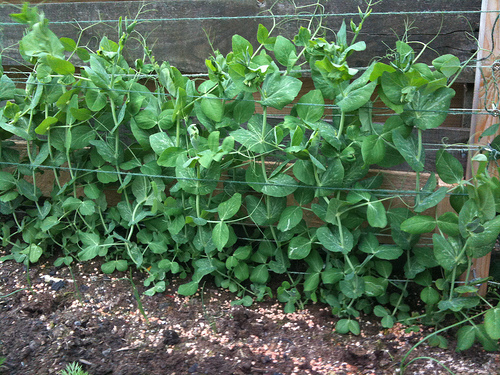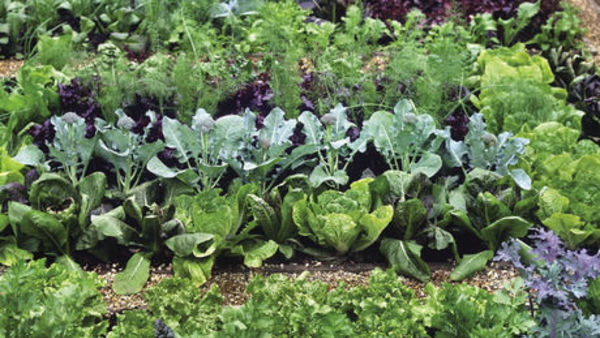
No one is going to take away your birthday if you forget to rotate your crops this season. That said, crop rotation is a good habit for gardeners to pick up. When a vegetable such tomatoes are grown in the same garden space year after year, harmful microbes in the soil that are specific to individual plant families can build up.
If tomatoes are planted in the same garden bed the following season, they can attack the next tomato crop or other member of the nightshade family such as peppers, potatoes, and eggplant. The idea is that if you rotate your tomatoes (or other nightshade family member) with a plant species from a different family, the microbes that have the potential to otherwise wipe out your tomatoes will have no effect on a vegetable crop such as beans (legume family). The best scenario is to have a plant family come full circle – back to its original garden spot – only every 3 – 4 years.
Vegetable Plant Families
- Nightshade (Solanaceae) – tomatoes, potatoes, eggplant, peppers
- Carrot (Umbelliferae) – celery, carrots, parsley
- Legume (Leguminosae) – peas, beans, lentils
- Mustard/Brassica (Cruciferae) – broccoli, caulifower, kale, cabbage, Brussels sprouts, turnips, radishes
- Sunflower (Compositae) – lettuce, artichokes, Jerusalem artichokes
- Cucurbit (Cucurbitaceae) – pumpkins, melons, squash, gourds, cucumbers
- Allium (Amaryllidaceae) – onions, garlic, leeks
- Goosefoot (Chenopodiaceae) – spinach, Swiss chard, beets
This isn’t to say that if you didn’t rotate your crops this year that they would contract diseases for certain; only that it reduces the possibility. Crop rotation also helps keep the soil’s nutrition balanced. Some veggies such as corn have voracious appetites and really suck the nutrients out of the soil. After the corn harvest, it would be wise to plant that bed with some nitrogen-fixing legumes to drag some food back into the earth. Similarly, you can plant some peas or beans in a garden bed and follow that planting with a nitrogen lover such as broccoli.
Fine Gardening Recommended Products

Plant Covers Freeze Protection 10 ft x 30 ft Floating Row Cover 0.9oz/yd²
Fine Gardening receives a commission for items purchased through links on this site, including Amazon Associates and other affiliate advertising programs.

ARS Telescoping Long Reach Pruner
Fine Gardening receives a commission for items purchased through links on this site, including Amazon Associates and other affiliate advertising programs.

Corona High Performance Orchard Loppers
Fine Gardening receives a commission for items purchased through links on this site, including Amazon Associates and other affiliate advertising programs.



















Comments
Log in or create an account to post a comment.
Sign up Log in